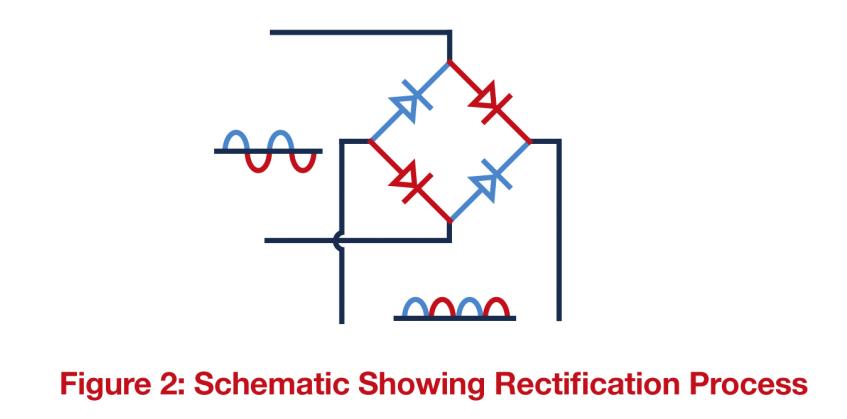©2019 Guangzhou Aipu Electron Technology Co.,Ltd All rights reserved
Technology
资讯详情
The main components that can not be ignored in power supply design
Power supply is an important part of modern electronic design, and there are many available components on the market to help engineers design energy-saving and compact power products. These components range from discrete components such as simple diodes to complex power management ICs with advanced semiconductor architectures.
Designing energy-efficient power supplies is a challenging task, and power engineers need these power products to provide as much power as possible (usually higher power than the previous generation) and to make them as small as possible. However, at a higher power level, there will be a lot of heat that needs to be dissipated, and the accumulated heat will have a negative impact on the long-term reliability of power products.
Considering that heat is inversely proportional to efficiency, efficiency is an important topic in almost all discussions on power supply. Increased efficiency means less heat is generated, so less heat management can be required. This is one of the few truly "win-win" product designs in engineering because it reduces power size, increases power density, reduces BOM costs, reduces operating costs, and improves reliability.
The components used in the power supply have a significant impact on overall efficiency. This article will briefly analyze the major component categories.
Diode
If pipes are used as an analogy, a diode can be considered a check valve that allows current to flow in one direction (from anode to cathode) but prevents any reverse current flow. Diodes are usually used to convert alternating current (AC) to direct current (DC). Four diodes are arranged back-to-back (as shown in Figure 2). This circuit is called full wave "bridge" rectifier. In Rectifier Applications, the main parameters to be considered are the forward current rating (Amperes) and the withstand reverse voltage. Diodes are also effective in switching applications.

